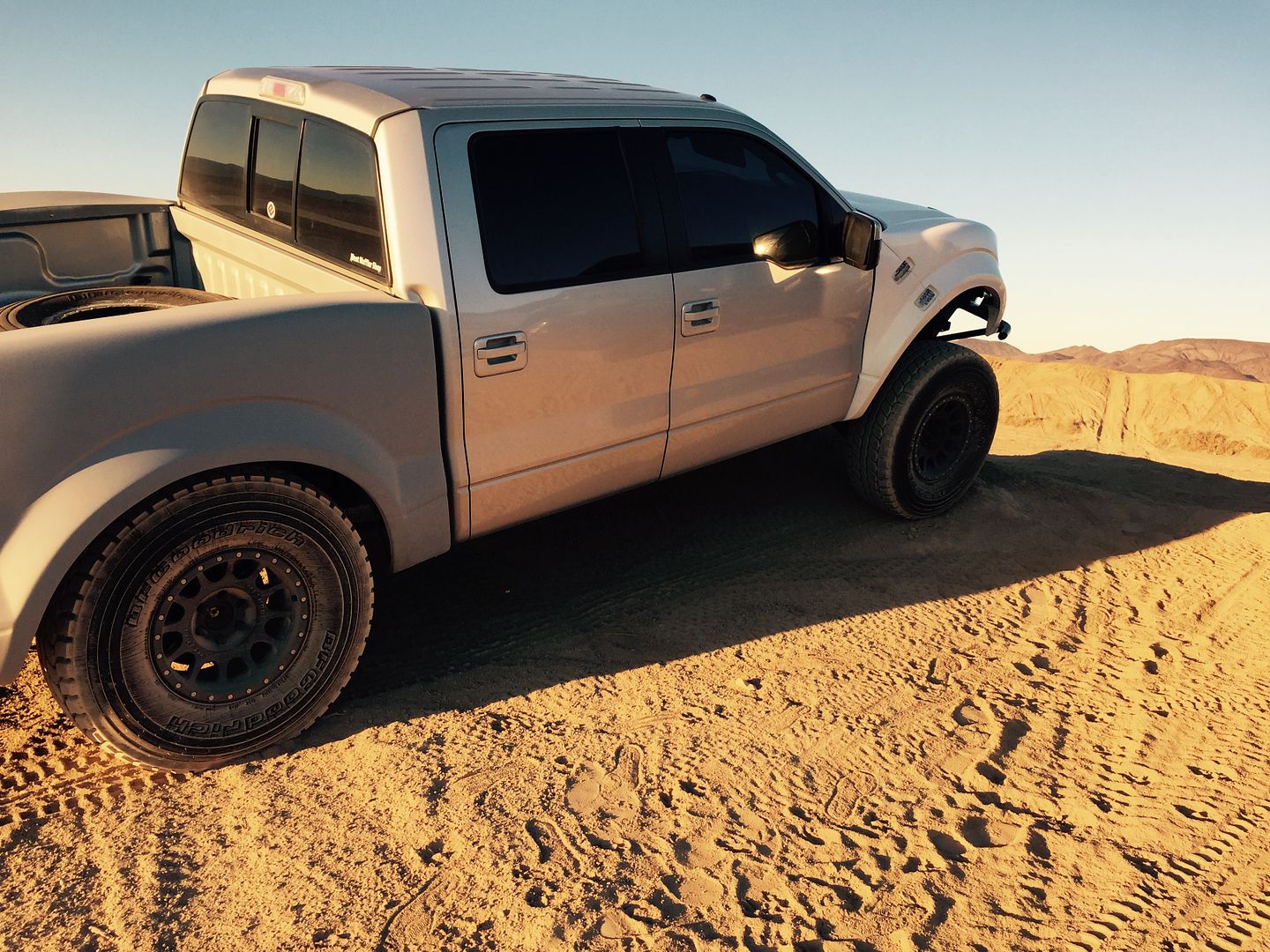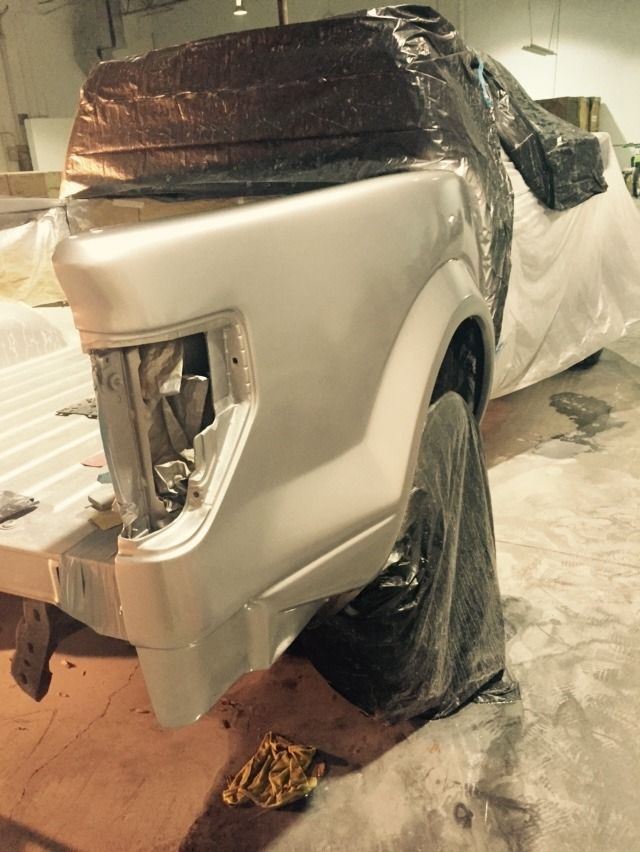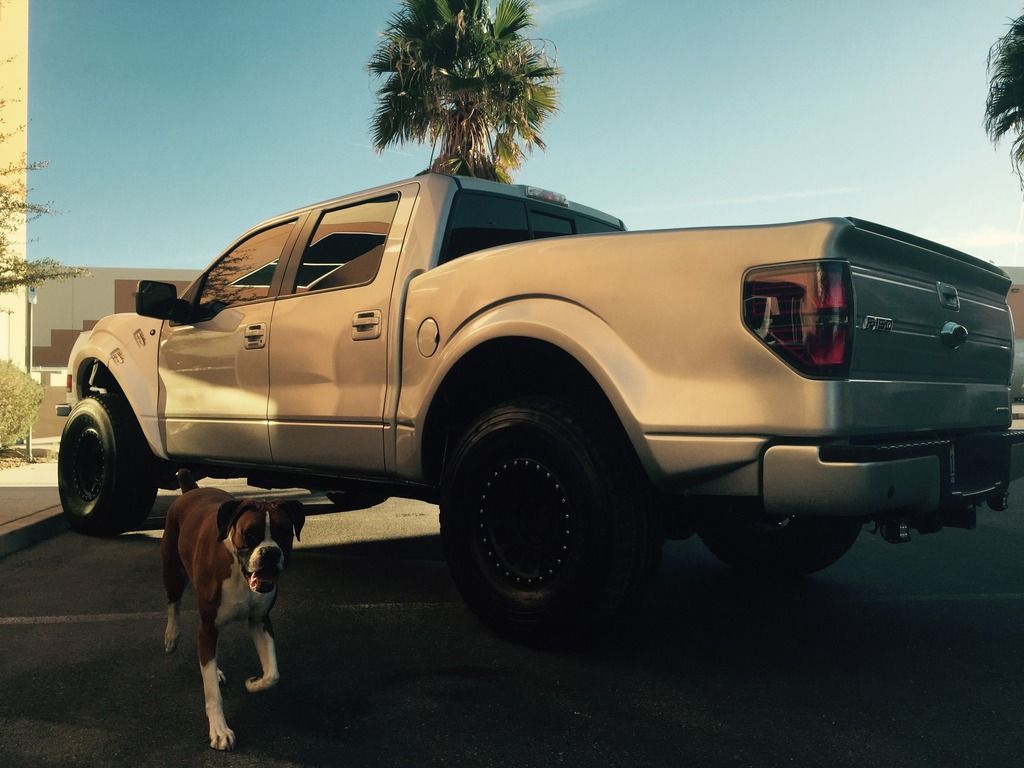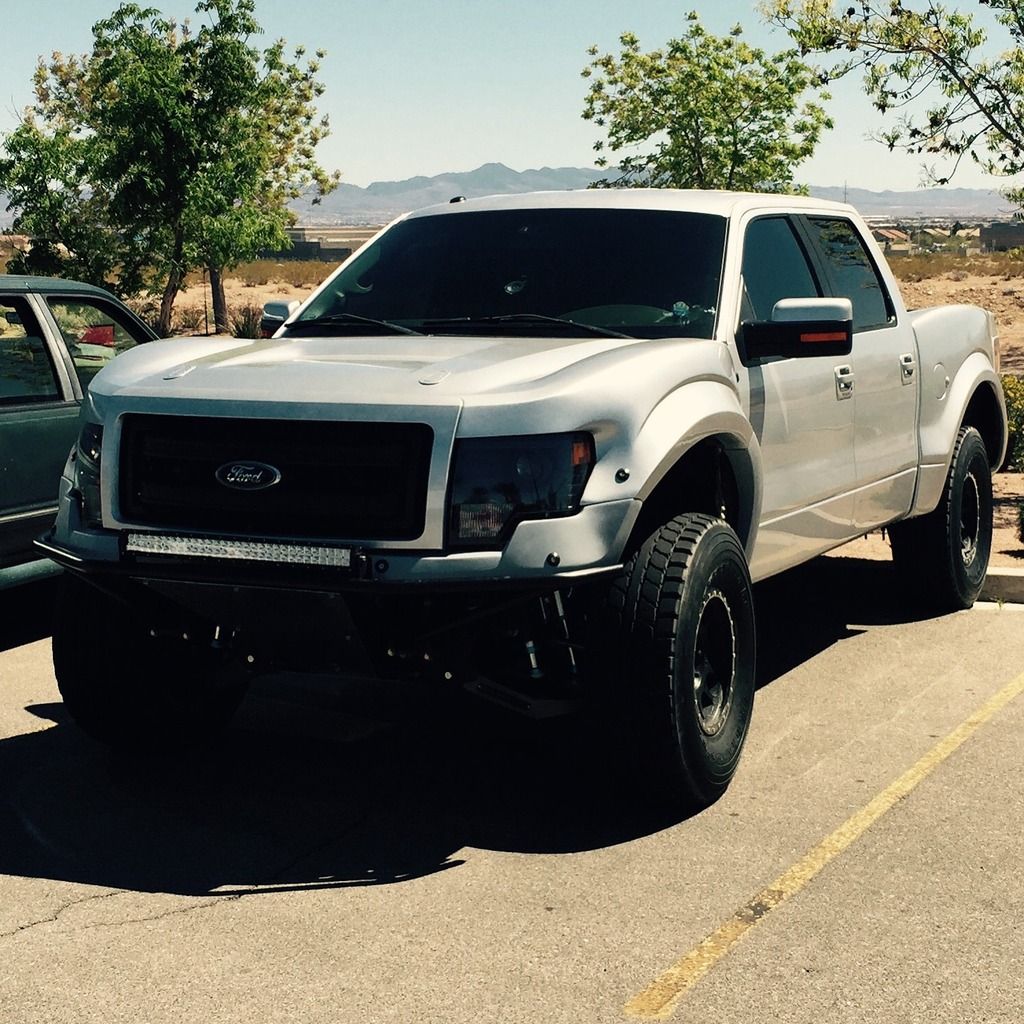DarrelK wrote:Hey, NFT5, things must be a little different with you guys down under there....
Yeah, it's a problem having to deal with runs that go up the panel rather than down.

I've never had a laser thermometer but even if I bring a car into the booth with plenty of time for the panel temps to stabilise to that of the booth there are definitely differences that you can see when laying the basecoat on. Lots of jobs I've done doing a bar and guard on the car and you think it's right but, later when you get it outside, there is a difference between the two panels. You say WTF?, same paint, same gun, same time - how can it be different? But it is.
In a case like that I'll do a dropcoat over the plastic panel, but I like to let the previous coat flash off a bit first so that the dropcoat doesn't just melt in to the already wet surface, making just a thicker coat and exacerbating the problem, rather than correcting it.




